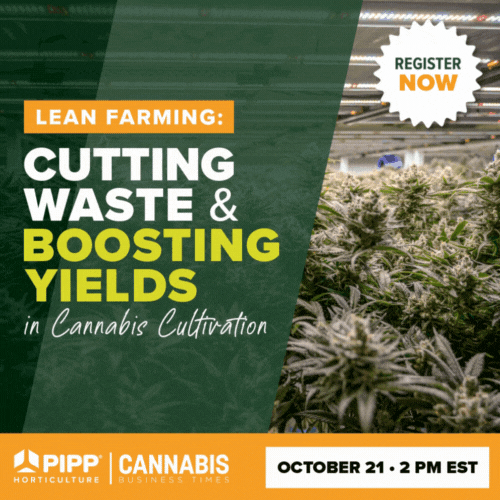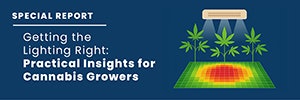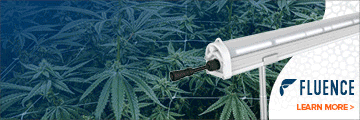
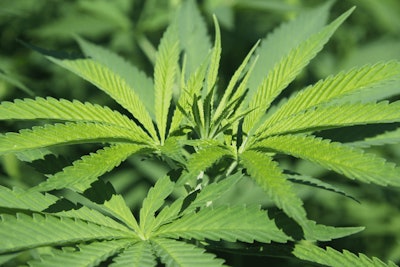
Optimizing plant health is not always easy, but it is critical to meeting yield goals. To achieve healthy hemp, growers need to have the right tools and really understand the system in which they are growing. Healthy plants come from a balance of the right genetics, environmental conditions and crop management (i.e., growing practices).
While some factors are out of the grower’s control, here are some key tips you can put into practice now to keep plants growing strong next season and beyond.
1. Educate yourself.
For outdoor producers, the winter months provide a great opportunity to prepare for the next season. Many growers like to use the offseason to gather educational resources. This could mean learning more about soil and nutrient management, brushing up on the latest research in plant genetics or honing pest identification skills.
There are several methods to gather useful information, including online resources. The internet can provide endless results, but knowing which ones are legitimate is key. I generally stick to university resources and well-known private industry representatives. This is not to say that everyone on social media groups or forums isn’t reliable—it is just a matter of taking the time to sort out the pros from the rest of the people posting information. While it can be difficult to determine who to get information from, look at background education of the consultant, years of experience, and where they pull information from. When in doubt, ask questions. The hemp community is small, so it can be pretty easy to figure out who is reliable just by asking around.
Looking for research publications is another great option, but many are behind paywalls and can be full of jargon. This is where university extension educators can be a huge help. They likely can access the publications and provide insights on the findings. Many researchers and extension educators communicate research in public webinars and at conferences. Late fall and winter tend to be conference season, and many organizations are providing in-person or virtual hybrid presentations. These meetings can be a great way to get updates on the newest research.
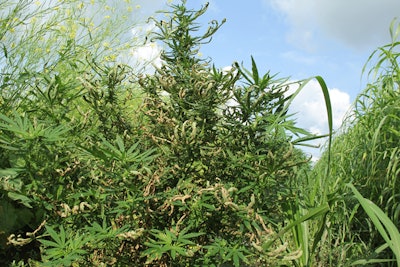
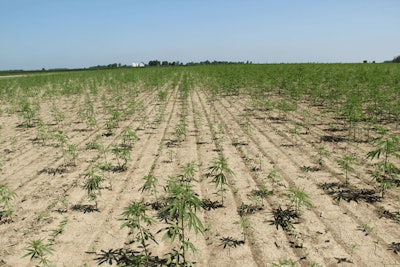
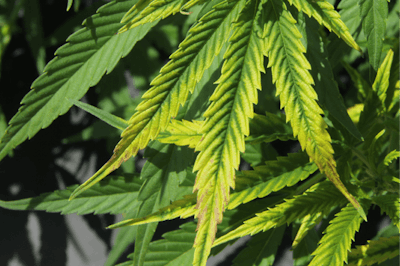
2. Select the right genetics for your location.
Hemp, like other cultivated crops, has been bred for different applications and regions, and breeding efforts are continuing to increase. Availability of hemp genetics has expanded with the U.S. removing hemp from the Schedule I list of controlled substances and wider global adoption. Growers can select various cultivars for a range of traits, including their response to light and dark periods, plant morphology (for traits like overall plant structure and shape), disease susceptibility, and tolerance to environmental conditions.
One of the first components of optimizing plant health is selecting a suitable cultivar. This can be challenging without having data to support their success in specific regions. Fortunately, many breeders run their own cultivar trials, often working with growers or universities across multiple locations. Growers should ask breeders questions about plant performance in specific regions. Asking about yield, disease susceptibility and time to flower should help in selection. It isn’t a guarantee that a grower’s results will be identical to the breeder’s, but data will help growers narrow down which companies to work with and which cultivars to choose.
3. Properly prepare the field.
I have previously written about field selection, but field preparation can begin well before the growing season. Planning out hemp fields for one growing season soon after the previous season’s harvest reduces a scramble to pick sites while going through licensing, or worse, the potential to miss optimal planting windows. Early field selection also gives growers the opportunity to take soil tests and determine if they need to provide irrigation during the season. Certain soil types have better water-holding capacity and higher organic matter, which can affect if and when growers need to irrigate.
Growers who select fields with a known production history can tailor the following season based on the previous growth if they have information about weed pressure, where water may pool in the field, insect or disease pressure, and overall crop performance. Growers who need to lease land may be able to get production history information from the landowner or previous lessee.
While it is likely too late to plant a cover crop (depending on what region a grower is in), cover crops can be a great option to improve soil quality. Depending on the cover crops, they can improve available nutrients, increase soil aeration and prevent erosion. (Read more here.)
For growers who use herbicides when growing other crops, there may be plant-back restrictions for certain products that remain as residues in the soil for extended periods of time. These types of herbicides could hinder hemp germination or damage growing plants. Reading the herbicide label and contacting an agrochemical representative or weed scientist may be necessary for field-site selection.
It is also not recommended to plant the same crop year after year, and hemp is no exception. Planting hemp in a different location each season can keep plants healthy. While two consecutive seasons of hemp in the same site may be okay, depletion of certain soil nutrients and a buildup of pests can result in plants that underperform.
4. Hone your nutrient formula.
Managing a crop requires a lot of planning and an understanding of both the plant’s physiology and the soil. Part of this requires determining the optimal formulation of nutrients you need to supply your hemp. Growers will need to understand not only the soils they are working with, but also the type of hemp they will be growing, whether for grain, fiber or cannabinoids. Nutrient needs will vary across the three use types.
Soil testing gives growers a baseline to work with and should not be skipped. Soil tests not only provide valuable information on pH, available micro- and macronutrients and organic matter, but also create a record that growers can refer back to in the future.
Multiple years of soil tests allow growers to track changes over time and see how different crops, including cover crops, affect the soil. If maintaining healthy soils isn’t reason enough to conduct a soil test, knowing which nutrients are in your soil can prevent overapplication of fertilizer. Fertilizer overapplication can lead to leaching, which has detrimental effects on the quality of groundwater and surrounding water bodies. This can affect the safety of these water sources for humans and animals.
Overfertilizing can also damage hemp, so finding a balance will keep plants thriving. In addition, fertilizer is expensive, and prices are increasing.
Maintaining a record of what fertilizers you applied, when you applied them and overall plant performance should be a standard practice. Management and plant performance records can show growers what went right (or wrong) during the season. They can then use this record to adjust management plans the following growing season.
5. Develop pest management plans.
A lot of insects, mites, pathogens and weeds can be found in a hemp field. For first-time growers, or growers who are looking to hone their pest identification abilities, winter is a great time to focus on identification and management. There are a couple of ways to accomplish this. Hemp-specific pest guides and presentations are available through universities across the country. Pest species vary across different regions. The number of identified pest species in hemp is growing as production acres increase and more people are making observations.
There is no need to try to memorize every possible pest you could encounter, though. This is where it is important to understand the field particulars, have a record from previous growing seasons and stay up to date with newsletters and publications regarding pests in hemp. Growers in dry climates aren’t likely to see the fungal pathogen pressure that growers in humid climates see. The same goes for certain insect pests. This is why it is important to really grasp the growing environment where hemp will be produced.
Honing identification abilities is just the start. Developing an integrated pest management (IPM) plan is the next step. IPM plans focus on understanding the biology of the pest and the crop, which could be difficult for first-time growers who don’t have a record of dealing with hemp pests. Speaking with other growers in the area, crop consultants and extension educators can help new growers plan for anticipated pests. IPM should include a scouting schedule during the season.
Nutrient-stressed plants and susceptible cultivars can increase damage caused by insect and pathogen pests. Maintaining optimal nutrients and selecting hardy cultivars are both components of IPM. IPM tools can and should be identified before plants are in the ground, because this type of management focuses on preventing plant damage by reducing or eliminating a suitable environment for the pest. Keep in mind that IPM is a long-term approach to keep plants healthy and requires much thought.
While growers cannot control natural disasters or environmental conditions, they can choose appropriate genetics and develop management plans early. When extreme weather strikes, healthy plants may be able to withstand storms better than weak plants. Seeking out education resources will help growers develop thorough plans before planting.

